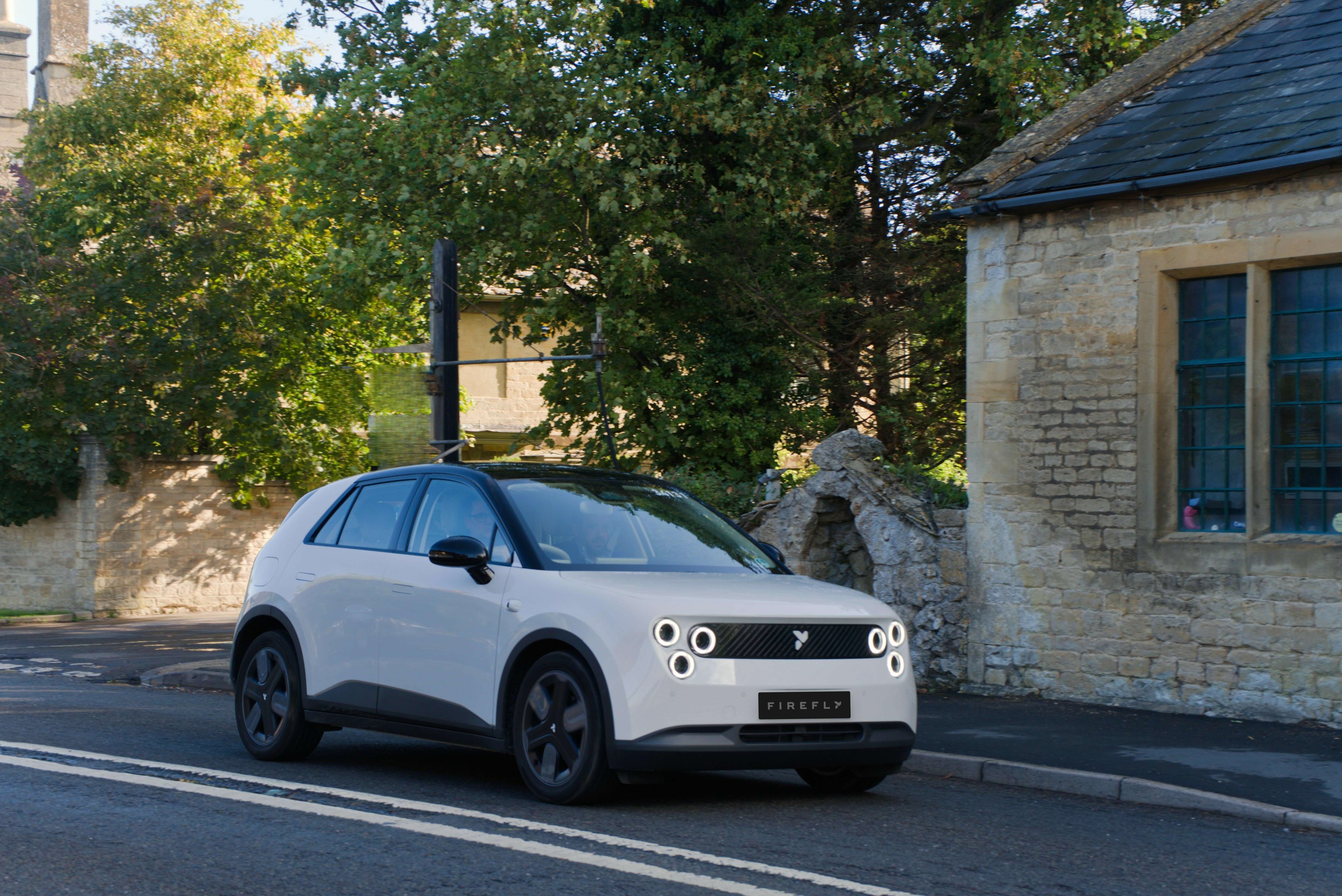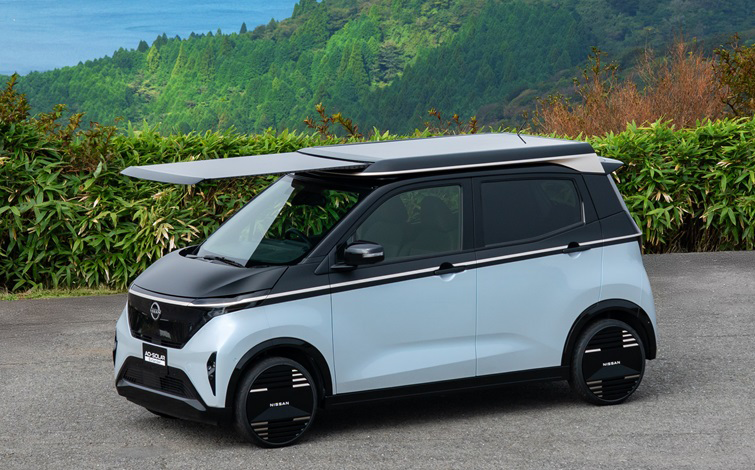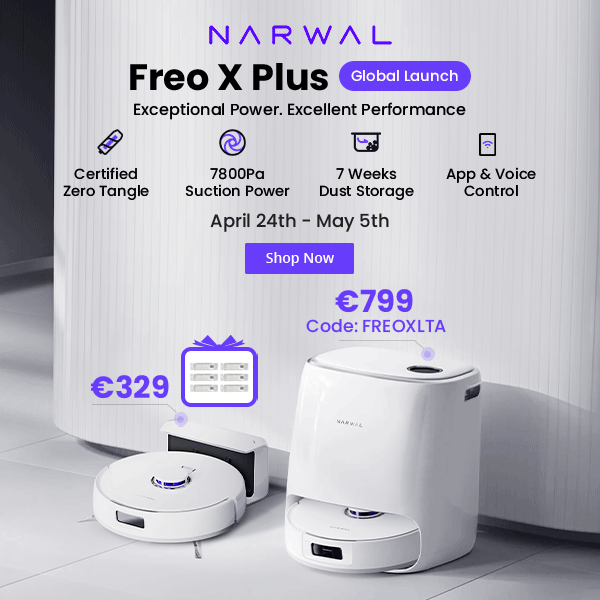
Pedro Lima
My interest in electric transportation is mostly political. I’m tired of coups and wars for oil. My expectation is that the adoption of electric transportation will be a factor for peace and democracy all over the world.
Just before this year’s Geneva International Motor Show, PEUGEOT e-208 has its official specs announced.
The PEUGEOT e-208 and its cousin Opel e-Corsa are just two of several much-awaited electric superminis coming to Europe this year. They’ll be direct alternatives to other electric superminis such as Renault ZOE 2.0 and Volkswagen ID 3 (Neo).
Let’s see the highlights:
100 kW (136 bhp) electric motor developing 260 Nm of torque 0 to 100 km/h in 8,1 seconds in Sport Mode 50 kWh battery is guaranteed for 8 years or 160.000 km (100.000 miles) for 70 % of its charge capacity The battery is linked to the passenger compartment cooling system, fluid-cooled temperature control enables fast recharging, optimised range and increased life-span 340 km (211 miles) range in WLTP and 450 km (280 miles) in NEDC 11 kW 3-phase on-board charger 100 kW fast charging via CCS allows to charge the battery from 0 to 80 % in 30 minutes Heat pump Heated seats (according to version) Configurable head-up display Capacitive 7” or 10" HD colour touchscreen 3D digital instrument panel MyPeugeot app Full LED 3-claw headlight signature (according to version) “Interior and boot-space are identical to the ICE version. The batteries, which take up a volume of 220L, are distributed under the floor pan in new PEUGEOT 208.”
While not officially confirmed, it seems that the Renault ZOE ZE 40 battery pack is made with 192 LG Chem LGX E63 cells. Now, thanks to a leaked document we have access to the complete specs of these NCM 622 battery cells.
Let’s take a closer look at the LG Chem LGX E63 battery cell.
Nominal Capacity: 65,6 Ah (discharged at 21,6 A) - 64,8 Ah (discharged at 32,5 A) Minimum Capacity: 64,6 Ah (discharged at 21,6 A) - 63,8 Ah (discharged at 32,5 A) Nominal Voltage: 3,6 V Charging Voltage: 4,2 V Thickness: 11,5 mm Width: 125 mm Height: 325 mm Volume: 0,4671875 L Weight: 964,9 g Volumetric Energy Density: 492-505 Wh/L Gravimetric Energy Density: 238-245 Wh/kg Renault ZE 40 battery pack (192 cells in 96s2p configuration)
Less than 2 years ago, LION Smart showed us a BMW i3 with a 55 kWh battery, now it gets upgraded to 100 kWh with 700 km of range.
Made with a total of 8.064 cylindrical battery cells (18650 format) the battery pack has a maximum voltage of 400 V and a capacity of 101 kWh (see the video). At the pack level the battery has a very impressive volumetric energy density of 460 Wh/L and a gravimetric energy density of 230 Wh/kg, this is very similar to what the Nissan Leaf 40 kWh battery achieves at the cell level.
The low-cobalt content and high energy density NCM 811 battery cells for electric cars were expected to be introduced this year by the South Korean battery cell makers LG Chem and SK Innovation. Unfortunately, a few months after the initial announcements these plans were postponed.
Now the Chinese battery cell makers will try to introduce the NCM 811 cathode technology first to gain competitive advantage.
Not only BYD is aiming to introduce the NCM 811 battery cells for EVs next year, CATL has also the same goal.
The staff of coches.net and AUTOBEST tested the range and efficiency of 10 different electric cars. On the first day the cars were tested by the staff of the coches.net (test 1) and on the second day the cars were tested by the AUTOBEST’s staff (test 2). All electric cars were driven until stop from empty battery.
The tests were conducted around Barcelona in highway and city traffic. All electric cars were set to normal mode (no eco or sport modes) and with AC on (set to 19-23 ºC). The outside temperature varied between 26 and 33 ºC, perfect to get high mileage.
LG Chem offers complete and easy solutions for automakers that want to electrify their cars. The company not only produces batteries for electric cars, but also motors, inverters and now on-board chargers.
In Europe, 3-phase on-board chargers will soon become standard and LG Chem acknowledges it by making the 11 kW variant available from the start. While it’s a shame that a compact 22 kW variant isn’t already available, there’s always the possibility of using two 11 kW chargers in parallel to reach 22 kW.
Samsung SDI was present at Energy Storage Europe 2018, Germany’s ESS Exhibition and revealed a new high-capacity battery cell.
The 111Ah ESS battery cell showcased by Samsung SDI at the conference has the feature of substantially increased capacity. The capacity of this ESS battery is enhanced while the size is maintained through material innovation, and thus significantly increased the energy density of the battery. Moreover, the strength of this battery is that it allows an easy product upgrade without having to modify its design.
Fastned made some useful tests to show how different electric cars handle fast charging. This is particularly important for those who plan to use fast chargers regularly.
Let’s see the results.
Nissan Leaf
24 kWh edition: fast charging until 25%, charging will gradually go slower after this 30 kWh edition: fast charging until 80%, charging will go slower after this 40 kWh edition: fast charging until 60%, charging will go slower after this BMW i3
In this article we’ll see who is using the most advanced battery chemistries and what’s coming soon.
Currently, most important advancements are being made at the cathode level, by increasing the nickel while reducing the cobalt content it’s possible to get cheaper and higher density battery cells.
LG Chem
Interview with LG Chem CFO Chung Ho-Young (translated by Google):
Q) This is a question about medium and large batteries. I am wondering how the NCM811 next generation battery development is proceeding. A) Batteries using NCM 811 cathode materials are mass-produced for electric buses. Third-generation batteries are a major direction of development to increase energy density, reduce cost, and improve charging performance. For this purpose, the nickel content is basically increased, the specific gravity of cobalt is reduced from the viewpoint of cost, and the artificial graphite is applied for rapid charging.
Batteries are part of our lives. They are present in everyday devices such as electric cars, smartphones, tablets or laptops. For this reason it’s important to know how to treat them right.
We already know that TMS (Thermal Management Systems) are important to keep batteries at recommended temperatures, but what about charging behavior? What can we do to reduce battery capacity degradation?
Is it better to cycle batteries with partial or full charges? And at lower or higher SoC (State-of-Charge)?
Be warned, this is going to be a long article. Nonetheless if you’re interested in battery technology or have a BMW i3, you’ll like reading it.
Later this year, the BMW i3 will get its battery upgraded with NCM 622 cells and the capacity will increase from 94 to 120 Ah. With 120 Ah battery cells, the BMW i3 will have a total battery capacity around 42,62 kWh (96 x 120 Ah x 3,7 V).
There are two major battery cell makers that promised NCM 811 EV battery cells for 2018. They are SK Innovation and LG Chem. Let’s recapture what we already know about it.
As you already know, currently most EV batteries have NCM 622 cathodes, which means that besides lithium the cathode contains nickel, cobalt and manganese in a composition ratio of 6:2:2.






































